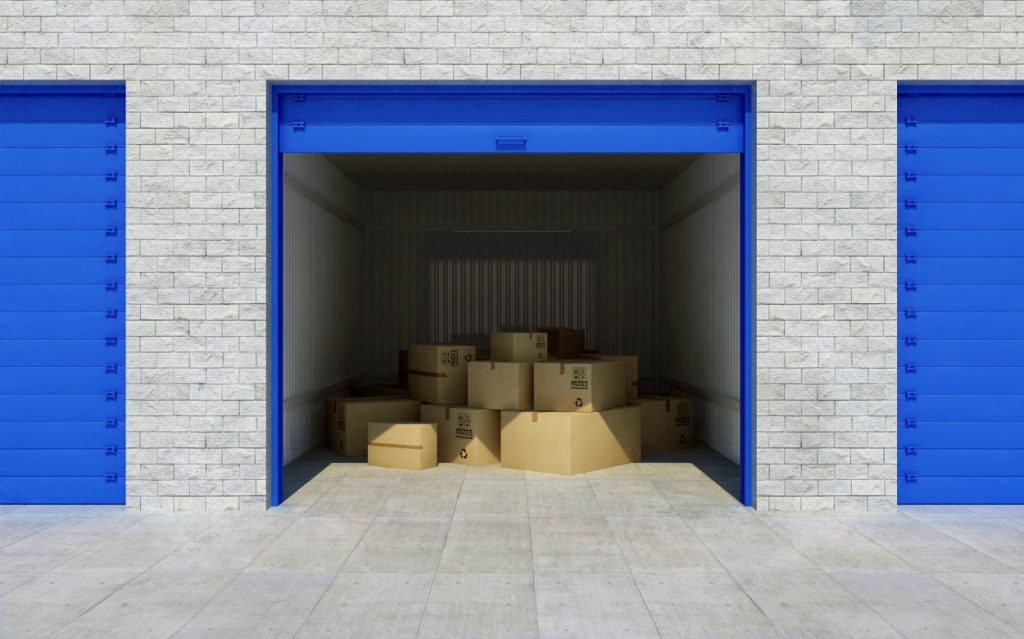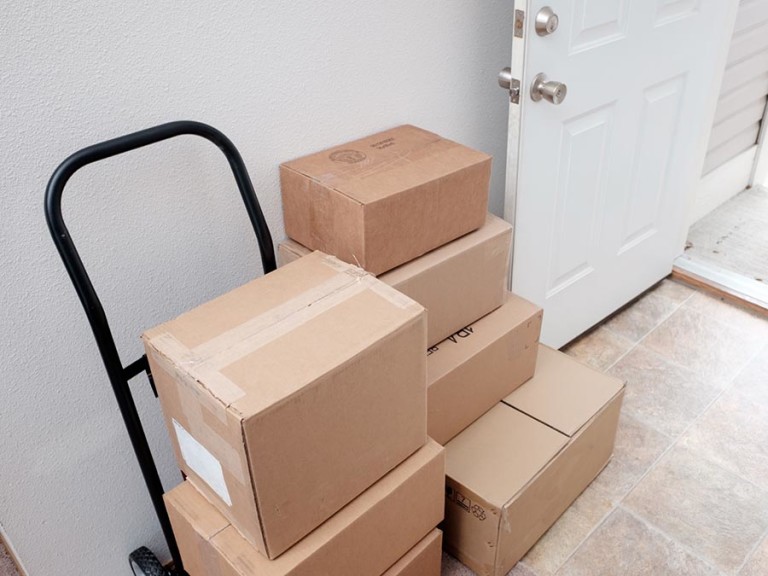Most moves you undergo in your life come with a lot of preparation time. You have plenty of time to pack, choose your method of transportation, and plan the process. But moves after graduation or for summer vacation often don’t come with the same conveniences.

Whether you need to leave your dorm or apartment at the end of the term or the end of your undergraduate career, leaving your dorm can come with both emotional and logistical complications.
Use the six tips below to simplify the trip away from your school dorm and toward your home or future.
1. Start the Process Early
Between exam preparation and final project completion, you don’t have a lot of time at the end of a school term. And while it might feel like you left most of your belongings at your parents’ or in a storage unit, you may be surprised at how much stuff you have with you when you begin packing.
Start by packing up your seasonal clothing and decorations. Then move on to items you don’t use every day.
2. Clean As You Go
You may dread cleaning checks (and put off completing them until the last possible moment), but they provide good practice for moving out. Make a sincere effort to clean more than you typically do for at least the last month of the term.
As you work on sorting and packing, clean every area you empty. Once you clear the space under your bed, shift it and vacuum thoroughly. When you remove your dishes from the cupboards, wipe the surfaces down.
These small cleaning tasks ensure that you won’t have to spend time complying with cleaning requirements the day before you leave.
3. Sort Your Belongings
Packing can feel intimidating, but it will only feel more so the longer you avoid it. To make the process seem less overwhelming, sort your possessions before you begin to really pack.
You can create more piles as needed, but start with these general categories:
- Items you’ll use: Think about the clothing, books, and other belongings you actually use when school isn’t in session. Wait to pack these items until you’ve taken care of everything else.
- Items you need but won’t use: These items may include winter clothes, textbooks, and seasonal decorations. Pack these belongings early to ensure you find a place, such as a storage unit, to keep them. Then you won’t have to drag them around with you.
- Items you don’t use: What do you own that you never touch? If you can donate or throw out these items, you’ll have less to worry about during your move.
Grouping your belongings as you pack simplifies and streamlines the process, so don’t forget this step.
4. Divide Your Move Into Parts
In addition to separating your possessions according to their use, divide the move itself into multiple events if you can. As you begin to fill boxes, ship them or place them in storage. It’s harder to clean a room full of boxes than an empty dorm space.
If you live near the home you’ll stay at during the off season, take your packed belongings with you when you make visits. Using this method decreases the amount of stuff you have to transport on the last day of the term.
5. Pack With What’s Convenient
While you have to protect breakable items in transit, most of your belongings will survive non-traditional packing materials. Start by collecting the packing supplies you already have, which may include the following:
- Garbage bags
- Food boxes and other cardboard containers
- Laundry baskets or hampers
- Purses and/or backpacks
- Suitcases and travel bags
As you pack, use these containers wisely. Wrap fragile items in clothing or household linens and place them in solid containers, like shoe boxes. Pack heavy objects in smaller containers, like purses, to ensure that you and your helpers can easily lift each package.
6. Use Your Resources
Packing for an out-of-dorm move can quickly become frustrating. During each step of the process, remember to take advantage of your resources.
People you know, both on and off campus, may represent your most valuable resources. They can help with any of the following:
- Heavy lifting: You may have a hard time moving all your possessions out of your dorm room on your own. To simplify the process, enlist the help of athletes you know, your parents or siblings, or your roommates.
- Packing materials: If you don’t have enough packing materials, ask for help from your dorm mates, resident adviser, roommates or local stores.
- Transportation: If you don’t have a car of your own, you probably know exactly who does. Stay in these folks’ good graces so you’ll have an easier time of moving your belongings from place to place.
When you enlist the help of family and friends, moving out of your dorm or college apartment becomes an easier process.
You’ll have plenty of things to do in the lead up to graduation or summer vacation. But by following these tips, you can ensure that your trip away from your temporary home goes as smoothly as possible.
 The process of moving can seem never-ending. But there’s nothing quite like the feeling of finally getting everything unpacked and settling into your home. Those first few days after unpacking are pretty glorious—everything is in its right place and your space is perfectly clean and uncluttered. The good news is, it’s actually pretty easy to keep it that way.
The process of moving can seem never-ending. But there’s nothing quite like the feeling of finally getting everything unpacked and settling into your home. Those first few days after unpacking are pretty glorious—everything is in its right place and your space is perfectly clean and uncluttered. The good news is, it’s actually pretty easy to keep it that way.
 The mattress is one of your most important pieces of furniture since you spend a third of your life in it. When you’re moving, it’s the perfect time to ask yourself whether it’s time to invest in a new mattress or if your old one is worth taking with you. Here are some considerations.
The mattress is one of your most important pieces of furniture since you spend a third of your life in it. When you’re moving, it’s the perfect time to ask yourself whether it’s time to invest in a new mattress or if your old one is worth taking with you. Here are some considerations. Not Knowing What the Movers Will Bring on Moving Day.
Not Knowing What the Movers Will Bring on Moving Day.
 Spring forward and fall back may be a daylight savings time expression, but I like to think it applies quite nicely to moving. Of the tens of millions of people who move in North America each year, many have no choice as to when they move. Real estate, family, and work all join in to play a role in dictating the timeliness of a move. However, for those of you who are at liberty to make this transition as stress-free as possible, consider the luxury of this: spring
Spring forward and fall back may be a daylight savings time expression, but I like to think it applies quite nicely to moving. Of the tens of millions of people who move in North America each year, many have no choice as to when they move. Real estate, family, and work all join in to play a role in dictating the timeliness of a move. However, for those of you who are at liberty to make this transition as stress-free as possible, consider the luxury of this: spring  2. Know-how of the locality
2. Know-how of the locality



